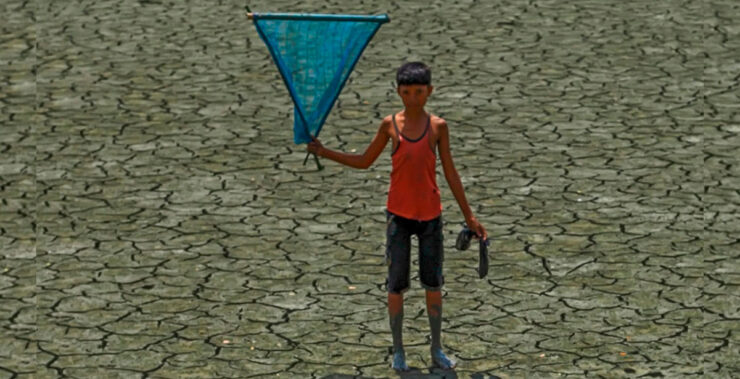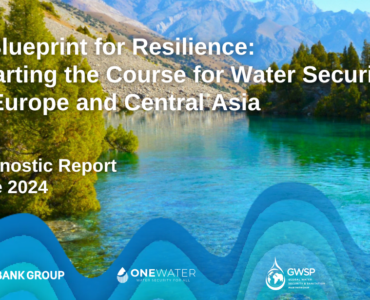The World Meteorological Organization has recently published its first State of Global Water Resources report which assesses the effects of climate, environmental and societal change on global water resources. The report summarizes the extent of water resources available globally and provides important insights for water resource management, both at local and global scale. The effects of climate change are particularly visible through water as we experience more intense and frequent droughts, more extreme flooding, more erratic seasonal rainfall and accelerated melting of glaciers. For example, from 2001 -2018 of all natural disasters 74% were water-related.
The report also provides a brief overview of water resources in Central Asia. In 2021, terrestrial water storage, which is all water on the land surface and in the subsurface, was below normal in Central Asia. River discharge, which is the volume of water flowing through a river channel at any given time, was lower than average in Central Asia. There are around 28 000 glaciers in the Tien Shan and Pamir mountains which are major water resources for agricultural, domestic and industrial use in Central Asia. The report reveals that in the past 40 years Tajikistan experienced significant melting and receding of its Zeravshan, Kasholayah and Khirson glaciers. Similarly, in Uzbekistan glacier mass balance for Barkrak in western Tien Shan decreased by 67 cm in 2020–2021, which is 3 times higher than the previous year.
Donate to support Turkmen analysts, researchers and writers to produce factual, constructive and progressive content in their efforts to educate the public of Turkmenistan.
SUPPORT OUR WORKTo provide context, in Central Asia Kyrgyzstan and Tajikistan are water-rich upstream countries while Uzbekistan, Turkmenistan and Kazakhstan are downstream states with high demand for water. Central Asian countries are among the highest per capita users of water in the world. While over 90% of the region’s water is used for irrigation, the agricultural share of GDP is only 15%.






